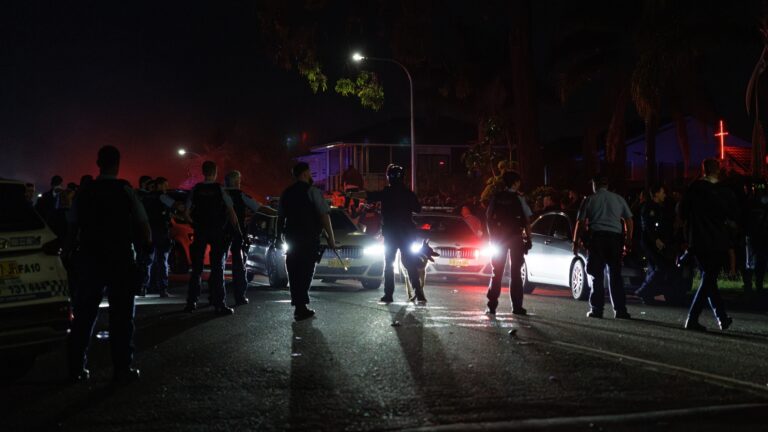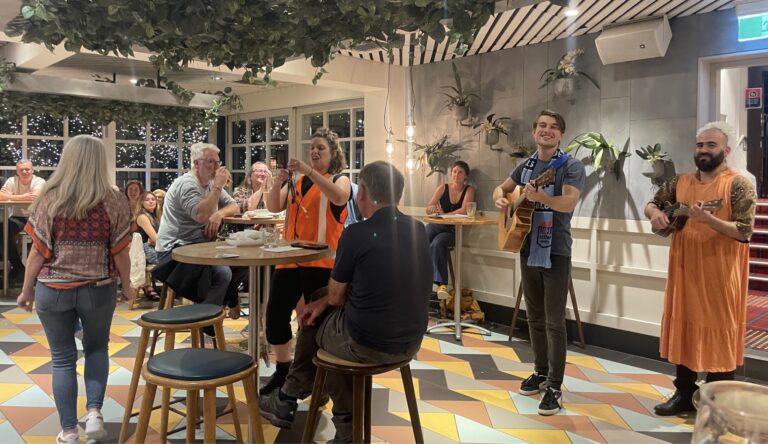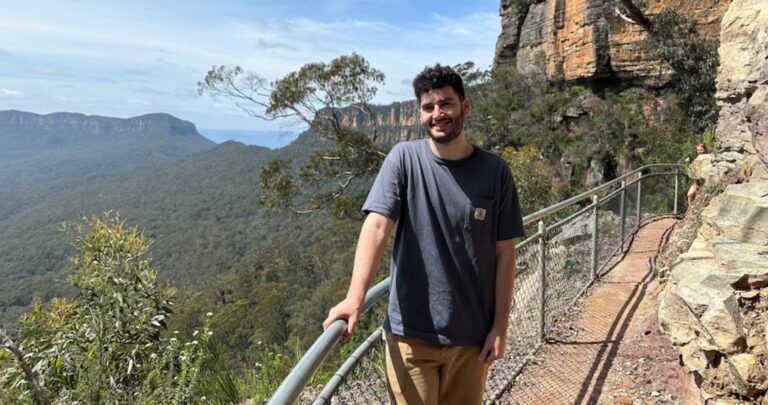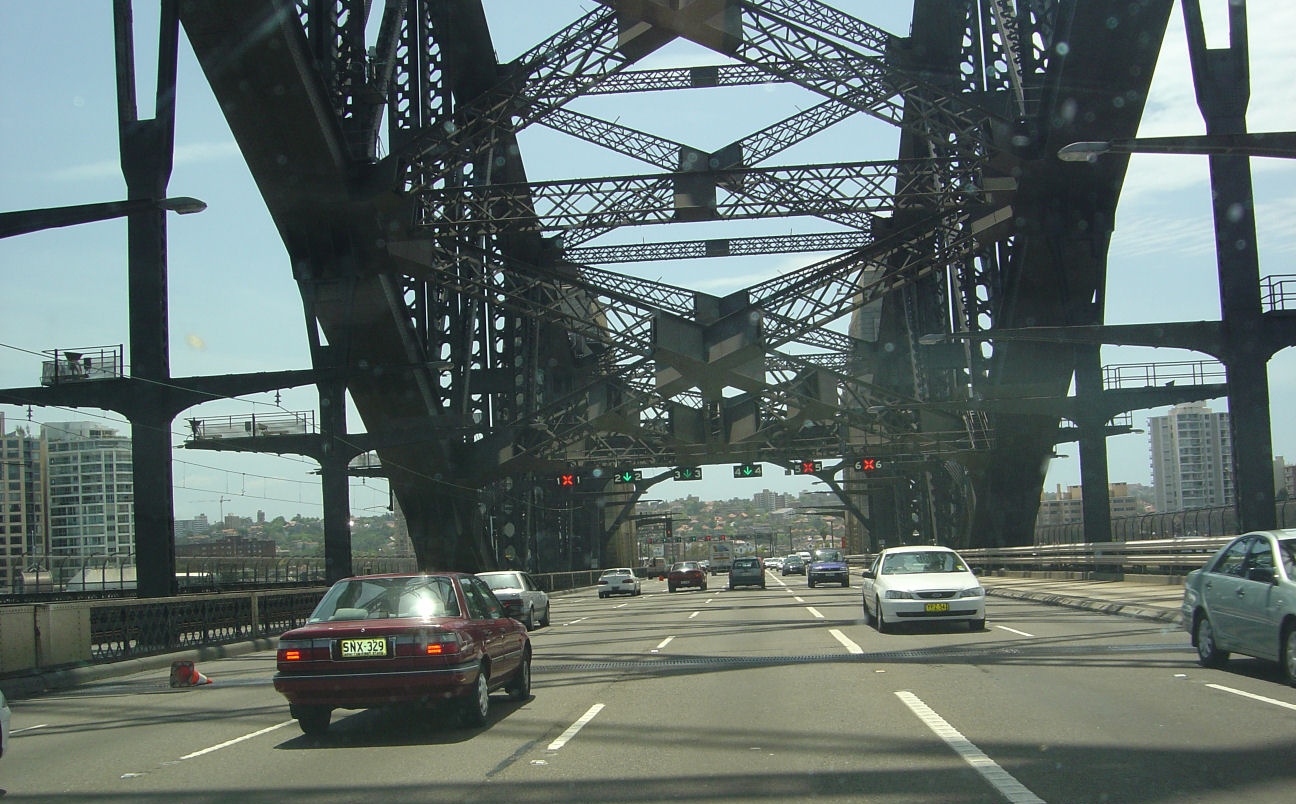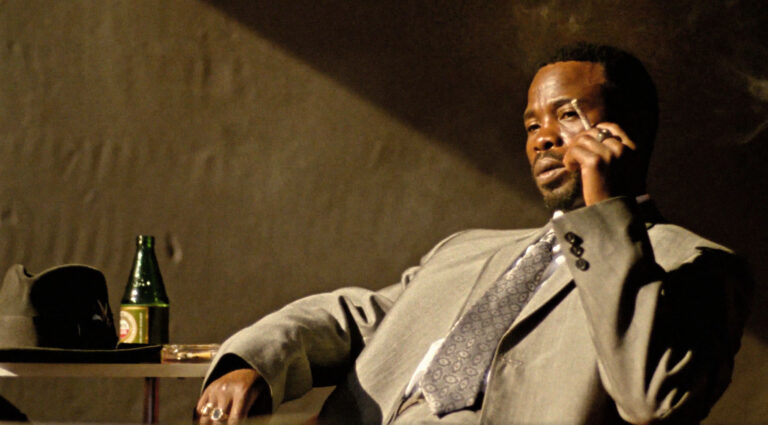
Adani protest: getting the facts right

BY WENDY BACON
In a sign that the NSW state is increasingly encircling the lives of young people, Stop Adani organisers found themselves in court last Friday defending their right to march down King Street Newtown, a site of many previous street protests.
Stop Adani gave notice of an intention to march from Camperdown Park to Mardi Gras Fair Day in late January. Last week, they received a letter from NSW police informing them that the police opposed the march. So, late on Friday, the organisers found themselves before Supreme Court Justice David Davies defending an application by NSW police for an order prohibiting their march. They were defended by the Council for Civil Liberties.
The judge said that he did not consider that ‘inconvenience’ was a reason for refusal. There have been many other previous protests, including a march of 4000 protesters against WestConnex four years ago. But the barrister representing the police emphasised an anticipated 80,000 strong crowd at Fair Day and flagged the possibility that ambulances might be blocked by marchers. Stop Adani’s barrister argued that there would be volunteer marshals and other regularly used routes for ambulances.
Justice Davies was persuaded by the argument that the size of Fair Day was a reason to refuse the march down King Street. On Sunday, marchers took the alternative route imposed by police to King Street, but when they got there instead of walking on the pavement, they marched peacefully down the road without incident. Should an ambulance have been nearby, it could easily have passed.
Organisers concerned about future protests
Stop Adani organiser Clara da Costa-Reidel said that the point of the protest had been to draw on the ‘visibility and exposure of King Street’. She is concerned that the case could be used as a precedent to ban protests near major events.
In the urgent hearing, Justice Davies had little time to question police judgement of likely security risks. This worried City Hub’s reporter given previous experience with Inspector Michael Dykes, the policeman in charge of dealing with the Stop Adani protest.
In October 2017, about 35 protesters gathered for an anti-WestConnex protest in Newtown. As we peacefully stood in the street, a cage was erected around us. After receiving a call from a WestConnex contractor, a group of uniformed police followed by a van of riot police from Operation Odin arrived. Inspector Dykes was in charge on that day too.
A line of riot squad police entered the cage. As was later shown on ABC news, a woman was dragged from the ground by her wrist. She screamed in pain as she was pulled towards a waiting van. Two young riot squad officers then advanced on me and placed me in a wrist lock – known as a ‘pain compliance technique’. My co-accused was charged with resisting arrest, a charge that was later dropped when police evidence conflicted with videotaped evidence of the event. Along with another accused, we were both charged with entering and remaining on enclosed land.
Two days later, Inspector Dykes prepared his own statement for the court case. Emails tended in court showed that he sent this statement to other police. The email thread began: “Boys, I know this is rare for gorillas but if I let you play I need draft statements off the boys so we can get this brief right.” After police sent him their draft statements, he requested alterations, which had the practical effect of bolstering the prosecution case. For example, one arresting officer was asked to insert ‘cautions’ that were never given. Statements were completed and witnessed weeks after they were dated.
Under cross-examination, Inspector Dykes would not admit that there was a problem with any of this. In fact, his defence was that it assisted the smooth administration of justice. None of this evidence was considered in the Magistrate’s judgement because she decided on legal grounds that we should be acquitted because we did not enter enclosed land, but were enclosed in it. But if Dykes doesn’t see any problem with advising police to change their witness statements to fit with her preferred version of the truth or to date a statement on a different day from when it was made, should his judgement really be accepted at face value by the Supreme Court of NSW?
Just two months after the Newtown protest, anti-WestConnex protesters were overrun by Sydney Motorway Corporation contractors who forced their way into Sydney Park to cut down scores of old paperbark trees. They were protected by squads of police, some of whom violently threw protestors to ground. For the first time, draconian anti-protest laws, which had been passed in 2016, were used. Under these laws, protesters risk 7 years imprisonment. The laws are opposed by Greens and NSW Labor that has promised to repeal them within 100 days of winning government.
In a media release later that day, Leong did not mince words. “I have serious concerns about the level of police aggression and violence that’s occurred in recent days at Sydney Park. Local police, the riot squad and plainclothes police – some wearing leather gloves and refusing to display their name badge – have used disproportionate force against peaceful community members showing their opposition to WestConnex.
“It appears that the NSW Police are now acting as security guards and traffic controllers for the privatised Sydney Motorway Corporation. The NSW Police Minister needs to urgently clarify what the role of the police is concerning the rights of citizens in NSW to peacefully protest. Are they at the beck and call of this private corporation and WestConnex contractors?”
But the hostile attitude of some NSW police to peaceful protests in Newtown has not been confined to Adani and anti-WestConnex protests.
Sniff Off Campaign
In 2015, then newly elected Newtown Greens MP Leong moved a bill to repeal parts of a 2002 law that allows the use of drug detection dogs on public transport, at festivals and in bars. Her action was part of the NSW Greens Sniff Off campaign. Statistics showed the passengers at Redfern in her electorate are 6 times more likely to be targeted than the average Sydney passenger.
NSW Police were not happy about the Greens attempt to curtail their powers. In the following months, members of the force were amongst those who subjected Leong to a vicious racist and sexist cyberbullying campaign including using the words, ‘2 dolla sucky sucky lub u long time’and calling her father a ‘swamp monkey’. While MPs have previously stood up to the NSW police, I can think of no one who has sustained this level of deeply personal but public attack. It was not until she took her case to the Human Rights Commission that NSW officially apologised to Leong in January this year. The NSW police promised to develop a social media abuse training package.
In 2017, Leong showed that she was also prepared to defend the police when she defended Newtown police wrongly investigated on account of their sexuality
Geens policies to protect civil rights
On Sunday, Leong joined the Stop Adani protest. She was also at Mardi Gras Fair day where she and other Greens MPs released a suite of policies, including strengthening NSW anti-discrimination laws, safe and inclusive schools, an end to lock-outs and an end to sniffer dog drug testing and support for pill testing at Festivals.
This stands in stark contrast to the two major parties. In the fine NSW tradition of law and order elections, the LNP and Labor governments have so far matched each other promising 1500 more police to keep us safe – or unsafe depending on who you are and where you happen to be.
Wendy Bacon was previously the UTS Professor of Journalism. She blogs at wendybacon.com</a>
